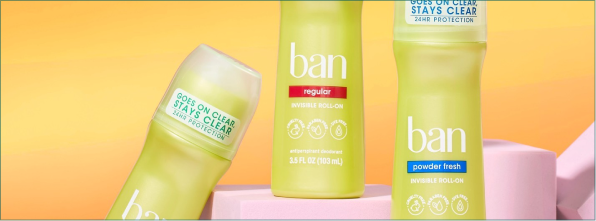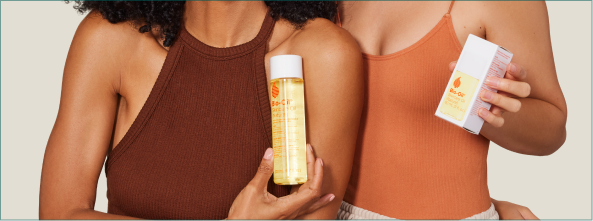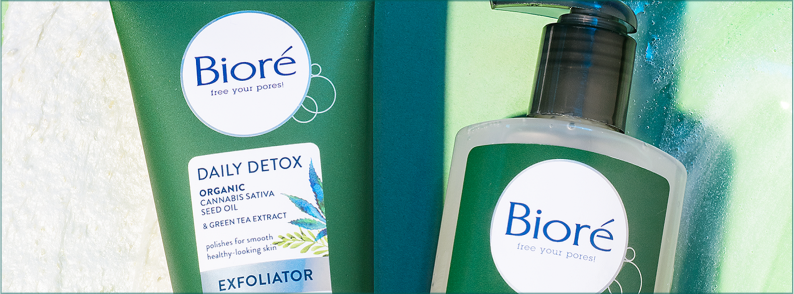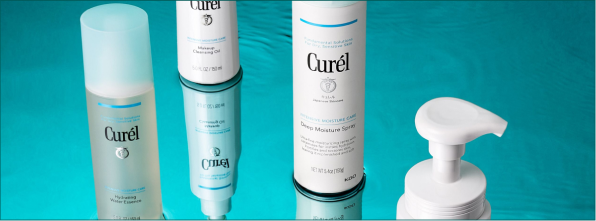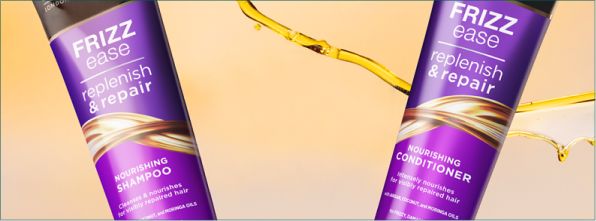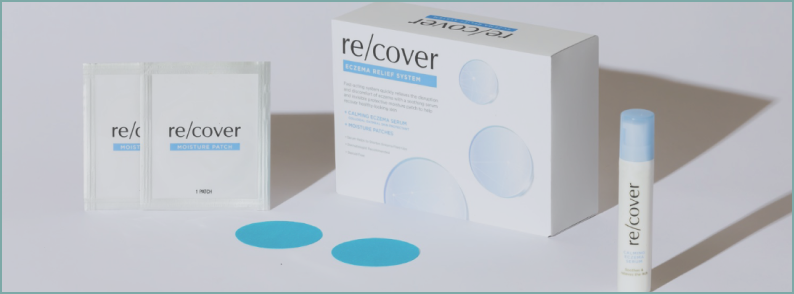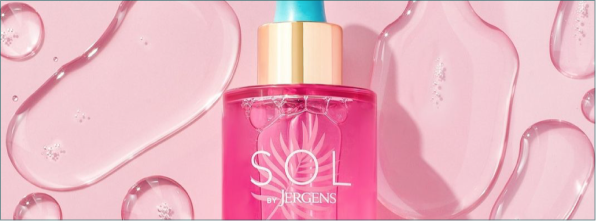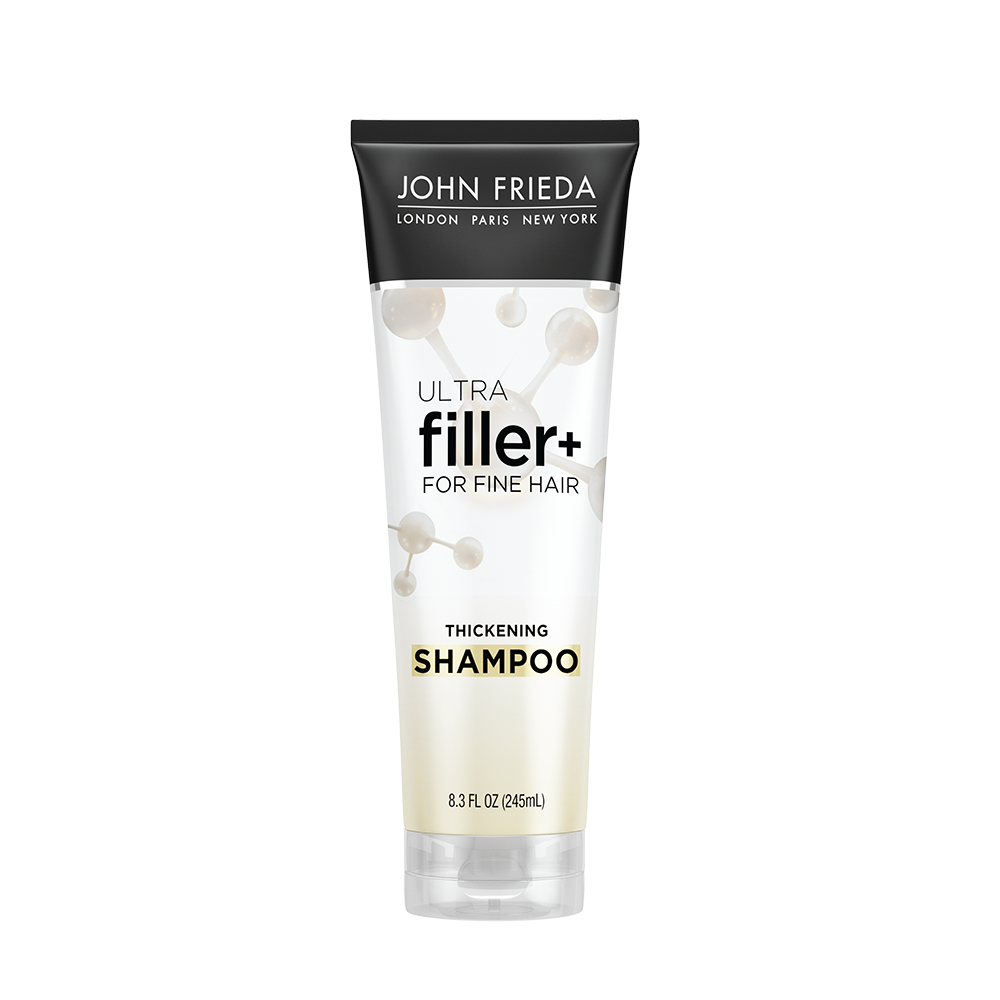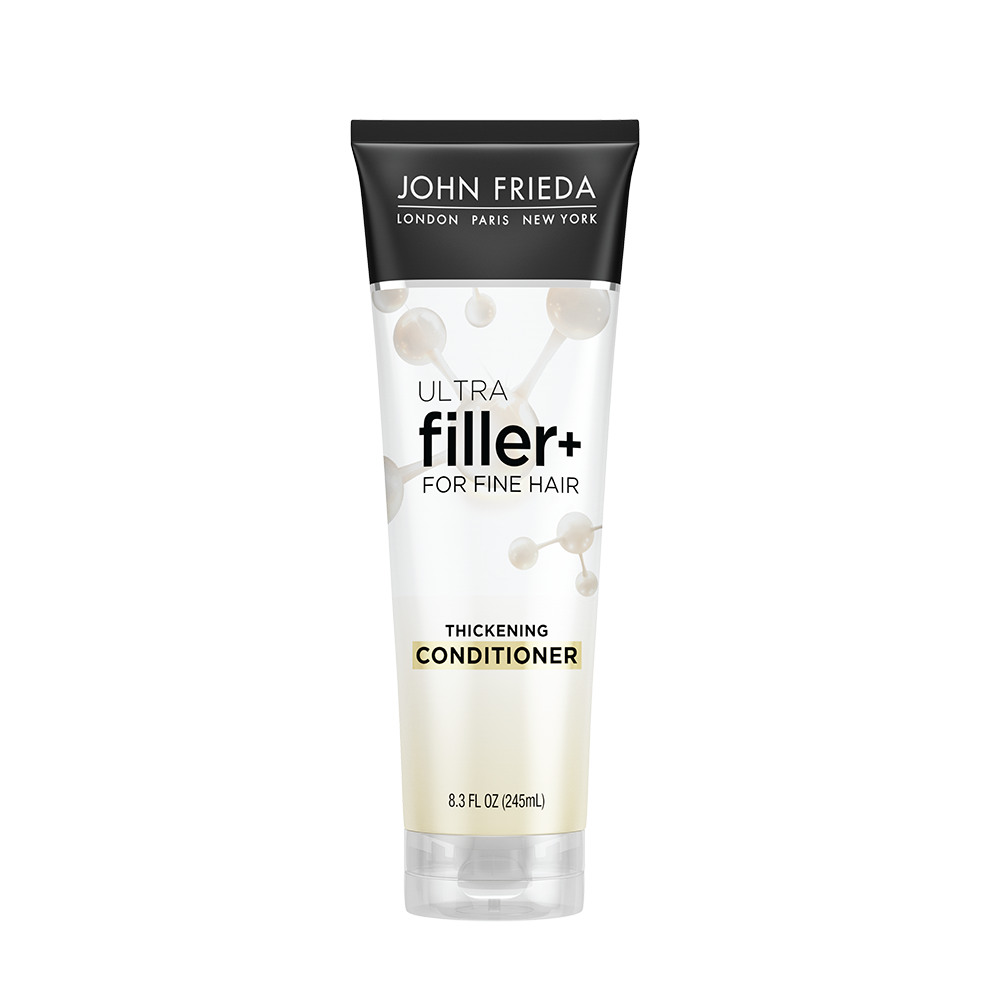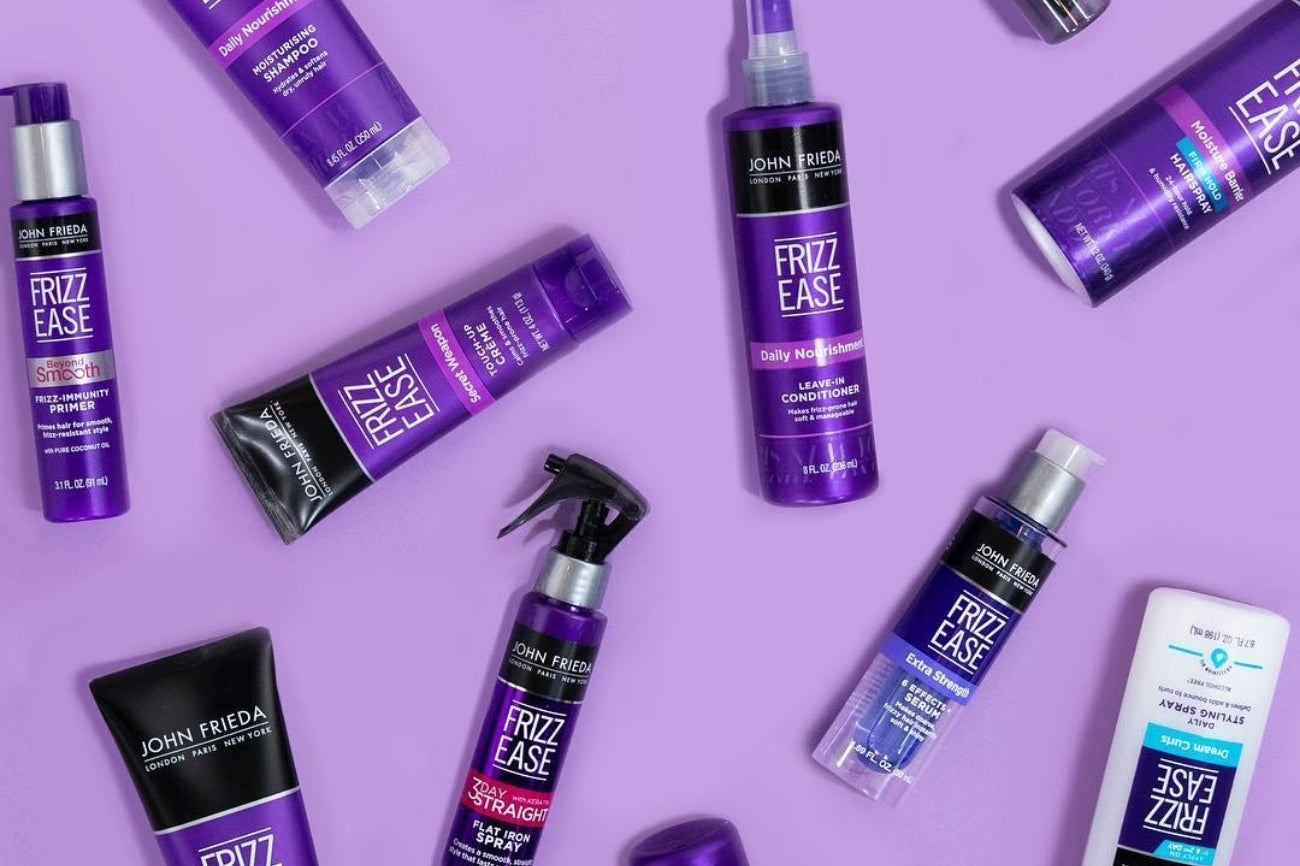YOUR GUIDE TO FINE HAIR
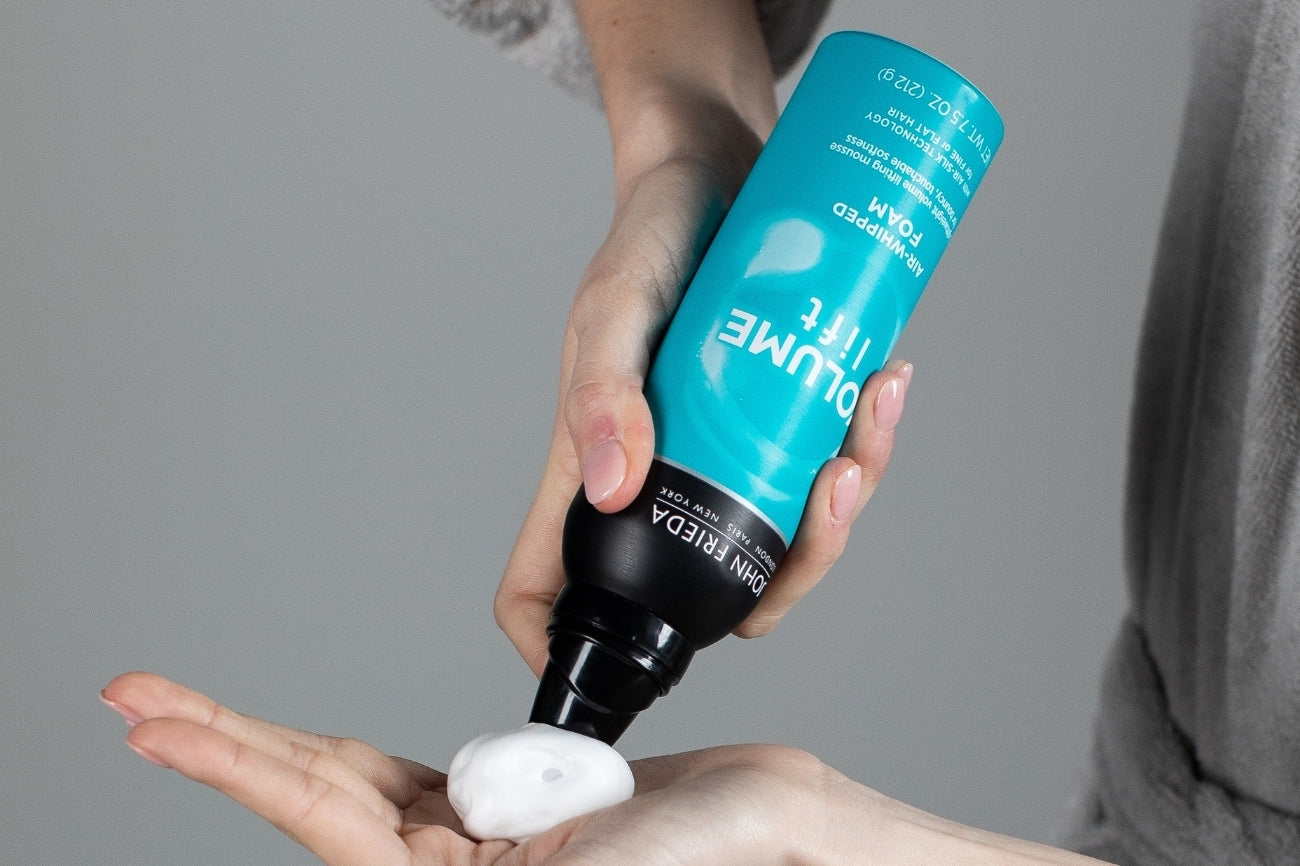
Fine hair can be easy to style and soft to the touch. But halfway through the day, you may find those fine locks going limp and greasy. So what’s the deal? Fine hair is easily weighed down by excess oil and heavy styling products.
Those thin, fine strands are usually less porous than thicker hair types. That means your scalp’s natural oils travel more easily down the hair shaft and sit on top. And while those oils give fine hair its beautiful sheen, they can also make your fine locks appear greasy and unwashed.
So what’s a fine-haired gal to do? We’ll help you understand fine hair so you can choose the right products and styling techniques to manage it.
Shop Volume Lift
What is Fine Hair?
Having “fine hair” refers to the texture and diameter of your individual hair strands. Having “fine hair” doesn’t necessarily mean you have “thin hair.” It just means each strand has a smaller circumference than thicker, coarser hair. On the other hand, thin hair refers to the density of your hair—how close the follicles are together on your head.
It’s totally possible to have thick, fine hair—that just means you have a lot of hair on your head. But if you run your fingers through your hair and don’t feel much there, your hair is probably on the thinner side. Thin hair can be genetic, or it could be due to certain hormone imbalances, medications, or other disorders.
How Do You Know If You Have Fine Hair?
Catch a single strand of your hair between your fingers. Can you feel it? If the strand feels rough, thick, or wiry, you probably have coarse hair. Feel nothing at all? Your hair is probably fine. If you can feel the strand, but it doesn’t feel thick or wiry, it’s probably somewhere between fine and coarse.
Fine hair also has less elasticity than thicker hair types, leaving it prone to breakage. On the bright side, your skinny strands need a lot less heat and product to style. Here are some of our best tips for managing fine hair.
How to Add Style and Volume to Fine Hair
- Use volumizing lift shampoos and conditioners. Fine hair is prone to greasiness and can easily get weighed down by heavy products. To avoid limp, lifeless, oily locks, wash your fine hair every day with a weightless shampoo and volumizing conditioner designed for fine hair. To avoid greasy buildup on the scalp, focus the conditioner on the ends to mid-shaft areas for more volume.
- Nourish and detangle fine hair with a leave-in conditioner. Fine hair is prone to tangles and breakage. Strengthen and protect your delicate strands with a weightless leave-in conditioner.
- Get yourself a wide-tooth comb. Wet hair is far more susceptible to breakage—especially fine wet hair. The harsh bristles of a regular hairbrush pull at the thin, delicate strands of fine hair. Minimize damage when you detangle after showering by using a wide-tooth comb instead, and leave the hairbrush for dry hair.
- Stick to lightweight styling products—and use them sparingly. A light, airy mousse or thickening spray can lift your roots and maximize volume without weighing hair down. But don’t overdo it! Even lightweight products can cause your style to fall flat if you use too much. When it comes to fine hair, less is always more.
- Give your roots a boost with the blow dryer. Add even more oomph to fine hair by “rough drying” wet hair before styling. Flip your head upside down and blow dry at the roots, using just your fingers to lift and detangle. This roughs up the cuticle, maximizing volume. When it’s almost dry, flip your hair back over and smooth your strands with a soft-bristle brush.
- Limit heat styling. Too much heat can be very damaging to any hair type, but it’s especially true for fine strands. When you blow dry, use a cooler, lower setting, and use a heat-protecting spray before flat ironing or curling. Our Fine-to-Full Blow-Out Spray is actually heat-activated, creating a naturally full, touchable look that’ll last all day.
- Get regular trims. Because fine hair is so prone to breakage, split ends are usually much more noticeable on fine-haired gals. Regular trims—every 6-8 weeks—can keep your fine locks looking fuller and healthier.
- Make use of dry shampoo. No time to shampoo? Soak up excess oil and add volumizing texture to day 2 hair with dry shampoo.
Love your fine strands. Check out more ideas for fine hair here
